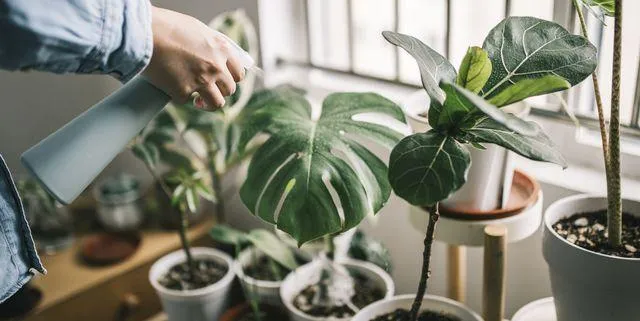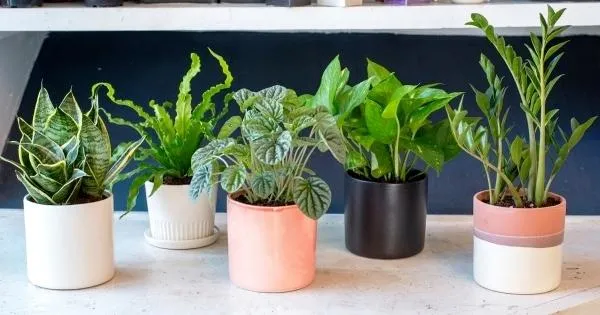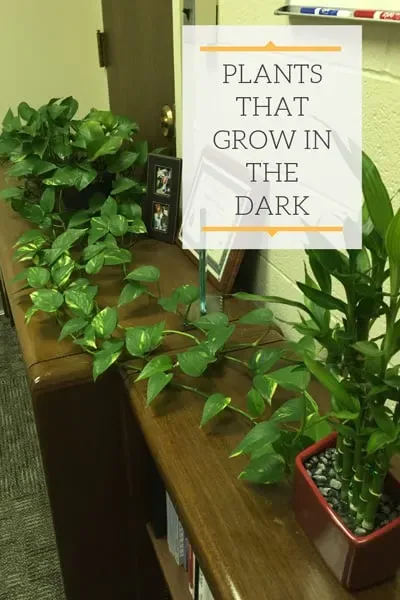Everything You Need to Know About Growing Indoor Vine Plants
If you’re looking to add some lush greenery to your indoor spaces but don’t have a lot of floor space, vine plants are a great option to consider. Their ability to climb vertical surfaces means they can grow upward rather than outward, taking up minimal horizontal footprint. In this article, I’ll answer common questions about selecting, caring for, and maintaining various types of indoor vine plants.
Popular Indoor Vine Plant Varieties
Here are some of the most common and easy-to-grow vine plants suitable for indoor conditions:
- Pothos – Often called devil’s ivy, pothos is one of the toughest and most forgiving houseplants. It thrives in low to medium light and can go long periods without water. Variegated varieties like golden and marble queen pothos add beautiful bright specks to your decor.
- Philodendron – With their heart-shaped leaves featuring various colorful patterns, philodendrons come in a wide array. Some top picks are brasil, lemon-lime, and micans. They grow fast and can climb up to 10 feet given support.
- English ivy – Iconic ivy’s small, dark green leaves cling tightly as it climbs. It spreads densely but at a moderate pace, perfect for covering walls. Just be sure to secure it so it doesn’t detach and cause a mess!
- Spider plant – Producing long, thin green leaves and miniature plantlets on long runners give spider plants a whimsical appearance. They’re very low-maintenance and thrive in various conditions.
Considerations for Choosing a Vine Plant
When selecting an indoor vine plant, think about these factors:
- Lighting – Different species require low, medium, or bright indirect light. Match the plant to your space’s natural lighting.
- Water needs – Some vines like pothos are drought-tolerant while English ivy demands consistently moist soil. Test your plant care skills with vines of varying water requirements.
- Growth rate – Faster-growing vines like philodendron may need more pruning or repotting than slower species. Consider your maintenance habits.
- Size – Smaller vines suit petite spaces while vines potentially reaching 10+ feet, like wandering dude, are best for tall rooms with high ceilings.
Taking these factors into account will help set up your vine plants – and you! – for success.

Tips for Planting and Caring for Indoor Vines
Here are some tried-and-true methods I’ve used to keep my indoor vines flourishing:
- Provide a trellis or support – Vines cling to vertically-oriented materials like poles, strings, wooden stakes or grids suspended from the ceiling or upper wall. Secure before planting.
- Use a well-draining potting mix – Most indoor potting soil works fine. Be sure the medium drains quickly to prevent root rot from overwatering.
- Water when the top inch of soil is dry – Give plants a thorough soaking till water runs out the drainage holes, then discard excess in the saucer. Let dry out between waterings.
- Prune as needed – Many vines become unruly if not pruned back occasionally to control size and shape. Remove long, leggy growth to encourage bushier regrowth.
- Fertilize monthly in spring and summer – A dilute, water-soluble houseplant fertilizer per package directions every 4-6 weeks while actively growing boosts healthy vine growth.
Following these basic indoor vine care tips will keep your plants looking lush for many months to come.
Common Problems and Solutions
No matter how well you care for indoor vines, issues may still arise. Here are some potential problems and what to do:
- Brown leaf tips or edges – This is usually from overly dry air or mineral buildup from hard water. Try misting foliage or using distilled water for watering.
- Yellowing or dropping leaves – Underwatering is a common cause, but overwatering can also lead to root rot. Check soil moisture and drainage.
- Pests like spider mites or mealybugs – Isolate the infested plant and gently wipe pests away with a cotton ball dipped in alcohol. Repeated neem oil sprays also help control pests.
- Lack of growth – Insufficient light, nutrients, or rootbound soil can stunt vines. Rotate plants weekly for balanced growth.
With some trial and error, you’ll learn to diagnose and remedy common vine ailments. And don’t sweat it – vines are resilient even if you mess up now and then!

Displaying Vines in Your Home
Once thriving, indoor vines can add lush texture to all areas of your living space. Here are some ideas to show off your vines:
- Wind a pothos or philodendron through a hanging macrame shelf or basket
- Line long plant stakes of ivy up a tall bookshelf for a vertical garden effect
- Train spider plants or wandering dude up a decorative obelisk on a side table
- Let English ivy vines spill over the edges of a hanging planter by a window
- Form living picture frames by guiding vines along crisscrossed twine on your walls
With some creativity, vines can green up areas you never thought possible. Have fun displaying your plant babies!
Final Thoughts
Indoor vines add life, color and interest wherever you place them. Their flexible forms suit virtually any decor style. With proper care tailored to each plant’s specific needs, vines can thrive for years, purifying indoor air. So grab some and start training – your space will thank you!
I hope this guide has given you insights on selecting, growing and featuring beautiful indoor vining plants. Please check in if you have any other questions as you get started with your new plant babies. Happy planting!

Top Indoor Vining Plants for Your Home
| Plant | Light Needs | Growth Rate | Care Needs | Best For |
|---|---|---|---|---|
| Pothos | Low | Moderate | Low | Beginners, low light areas |
| Philodendron | Low-Medium | Moderate | Low | Easy care, trailing or climbing varieties |
| English Ivy | Low-Medium | Moderate | Low | Clinging to surfaces, covering pots or terrariums |
| Spider Plant | Medium | Moderate | Low | Pet safe, air purifying |
| Wandering Jew | Low | Moderate | Low | Colorful foliage, tolerates low light |
| Scindapsus | Low | Slow | Low | Large, glossy foliage great for hanging baskets |
FAQ
-
What types of indoor vine plants are commonly grown?
Some typical vine plants grown indoors are pothos, philodendron, english ivy, and wandering jew.vines.
-
Do vine plants need something to climb on?
Yeah basically vine plants like having something they can climb up and spread out on. Things like poles, bookshelves, walls, or tension rods suspended from the ceiling work well. Giving them space to climb helps them grow bigger and fuller looking.
-
How much sunlight do vine plants need?
Let me think here…vine plants can grow in quite a variety of light conditions. Pothos for example is pretty tolerant and will grow well in low to medium light. Philodendrons and english ivy prefer bright, indirect sunlight – perhaps a south or east facing window. Too much direct sun may scorch their leaves.
-
How often should I water indoor vine plants?
Most vine plants prefer to dry out slightly between waterings. You’ll want to water when the top inch or two of soil is dry. In the warmer months, about once a week may work. Less in the winter when growth slows. Remember – underwatering is safer than overwatering, which can cause root rot.

-
Do vine plants need fertilizer?
It actually can’t hurt to give your vines a little plant food every once in a while. Maybe 2-3 times during the spring and summer growing seasons. A multipurpose houseplant fertilizer works well when diluted as directed. Fertilizer provides nutrients to help the vines grow larger and stay green and healthy.
-
How do I prune or shape vine plants?
You can trim vines whenever they begin to outgrow their space. Cut excess stemsback to where you see new growth emerging. This encourages them to bush out. Usually after blooming too. Some vines like english ivy can be shaped by training the stems onto trellises or frames. Pretty awesome how they form themselves!
-
Are there any pests to watch out for on indoor vines?
Unfortunately spider mites seem to like vine plants – those tiny pests can cause yellowish leaves. Keep an eye out for webbing. Aphids too may congregate. A spray of water or natural insecticidal soap may help remove them. Be sure to isolate any infected plants from others to prevent spreading. Prevention is actually easier than treatment sometimes.
